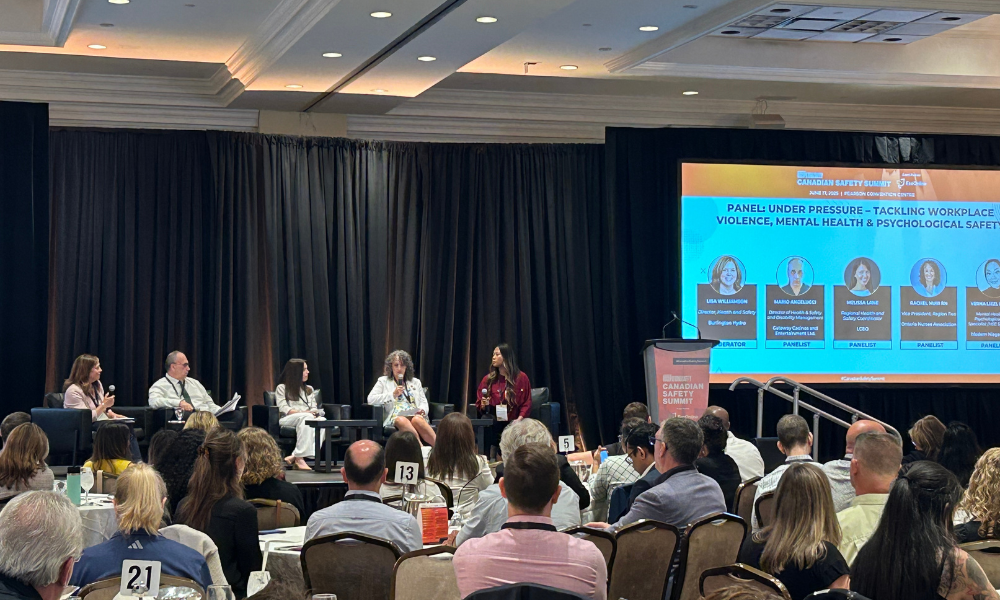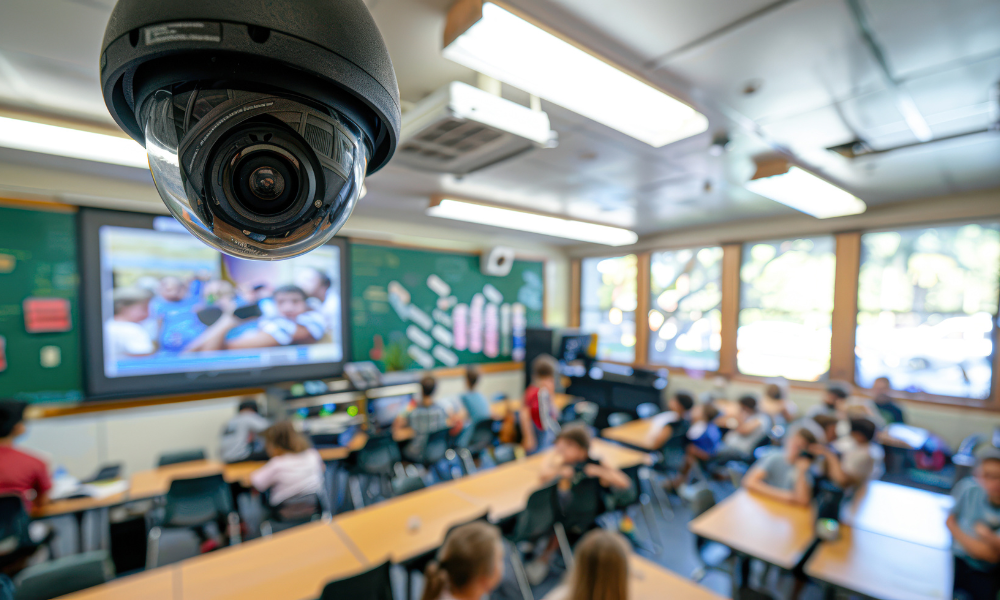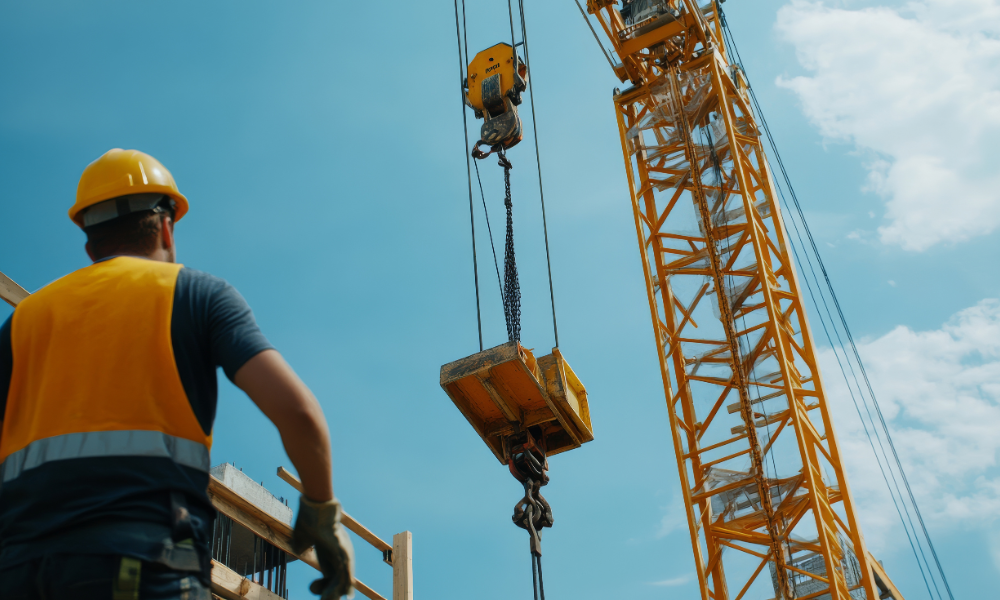From the four Ds to the four Ls and why 'you don't have be bad to get better'

Speaking at the 2025 Energy Safety Conference, renowned safety leaders Brent Sutton, principal consultant at Learning Teams Inc., and Jeff Lyth, director at QSP Leadership, challenge attendees to rethink how they approach workplace safety. They advocate for real-time learning from frontline experiences, using storytelling and small-scale artificial intelligence interventions as tools for broader organizational change.
“We’re really helping organizations learn and improve,” Lyth tells the audience in Banff. Reflecting on the progress made since first introducing the Four D’s — Dumb, Dangerous, Difficult, Different — he says the framework now reaches organizations employing as many as three million workers globally. “It’s just fantastic. So many organizations now are learning about work. They’re learning about their risks.”
Conversations that drive systemic insight
The Four D’s tool began as a conversational prompt for uncovering weak signals — everyday work frustrations and risk points that standard safety processes often miss. One of the most striking examples shared involves a team that struggled with access to pickup trucks, hampering their ability to start work efficiently. Through a simple Four D’s conversation, operational leaders uncovered the issue and implemented changes almost immediately.
Sutton says these insights come from listening to the workforce — not directing them. “The solution can always be found by deeply understanding a problem,” he says. “It’s the workers who are the solution. They’re not the problem.”
He adds many improvements stemming from these conversations extend beyond safety. “What we found was that the learning was often about waste and inefficiency — things that frustrated people. And when you reduce frustration, you’re not just improving safety, you’re supporting better operations overall.”
From field-level insights to scalable learning
As organizations scale up these conversations, Lyth and Sutton recognize the challenge: how to manage thousands of individual insights. Their answer lies in combining human-centred dialogue with technology that respects context.
To do this, they introduce “Plaud,” a compact recording device that captures unstructured Four D’s or Four L’s (Like, Lack, Long For, Learn) conversations. AI-powered agents then structure the data, identifying patterns and systemic risks across teams and timeframes.
“AI is not going to replace us,” Sutton tells the crowd. “It’s going to support us.” He describes a Microsoft 365-integrated toolset that scans job descriptions, safety procedures, and worker narratives for disconnects and latent conditions. “These agents don’t write your investigations. They don’t rewrite your SOPs. They just give you insights — and that’s what we need to scale learning.”
Anticipation over reaction
Throughout the presentation, both speakers press for a shift in mindset. Instead of reacting to incidents, they urge safety professionals to focus on real-time and forward-looking learning. “You don’t have to be bad to get better,” Sutton says. “That’s a huge part of this journey. We’re talking about moving from learning from the past to learning from the present — and ultimately, learning for the future.”
He notes that psychosocial risks, often invisible to traditional safety systems, can surface through these frontline conversations. When paired with AI-powered analysis, the insights help organizations meet evolving regulatory expectations, particularly in areas like mental health and workplace stress.
Lyth reinforces that leadership culture must evolve alongside tools. “It’s not our perfect systems or procedures giving us success,” he says. “It’s the humans — their adaptability, their knowledge, their performance.”
Sutton closes with a challenge to the audience: stop doing safety to people or for people. “We need to do safety with people,” he says. “That’s how you get self-determination. That’s how you get trust. And that’s how you build a culture of curiosity instead of one built on control.”





